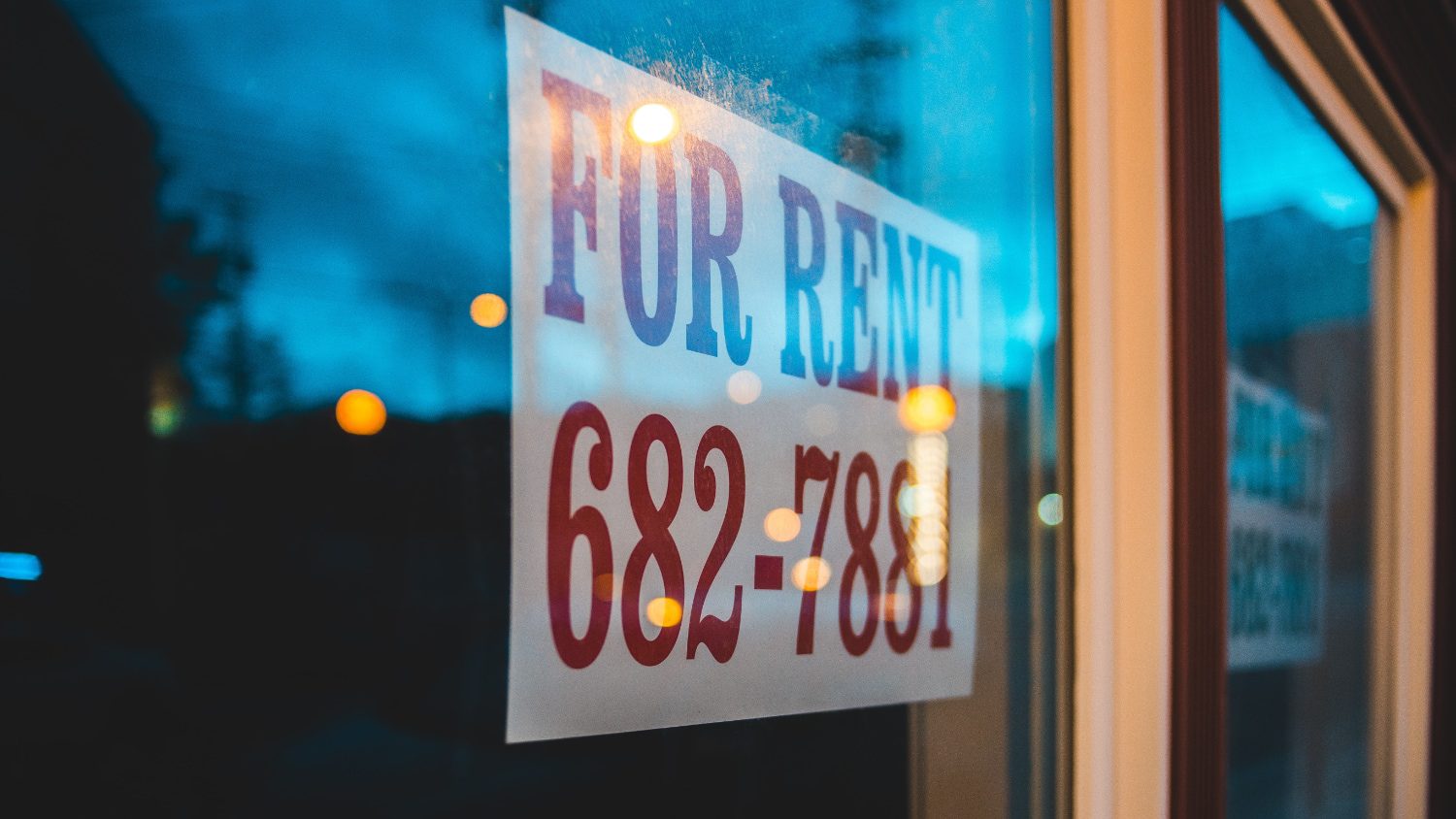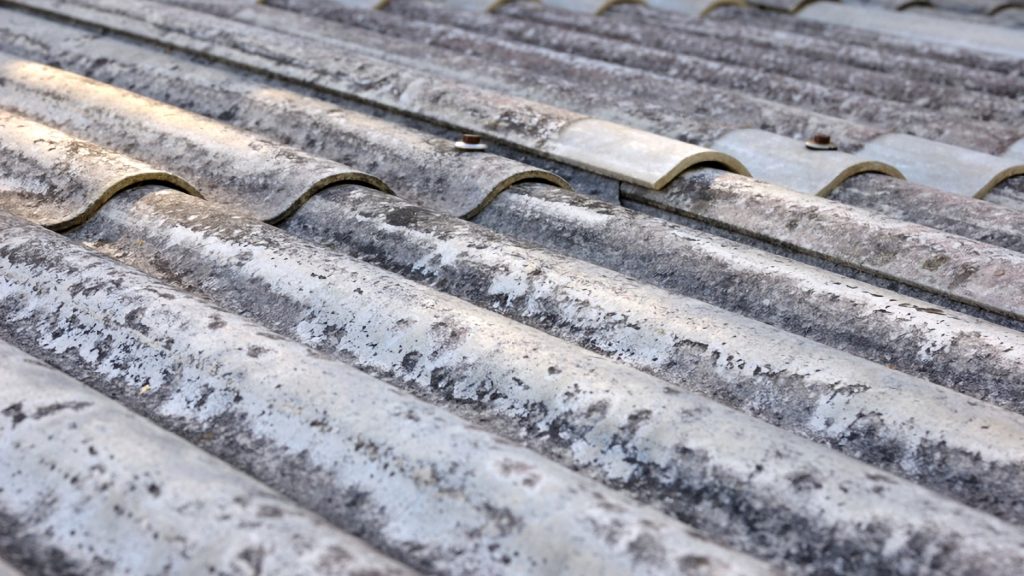Asbestos is a potentially harmful mineral fibre that was used extensively in buildings between the 1950s and 1990s. Landlords need to be aware of their health and safety responsibilities – including how asbestos is managed at their properties.
What is asbestos?
According to WorkSafe New Zealand, asbestos is New Zealand’s single biggest cause of work-related fatalities, responsible for the deaths of about 170 people each year. Once the airborne asbestos fibres are breathed in, they lodge in the lungs and may cause diseases like asbestosis, lung cancer and mesothelioma.
The importation of Absestos related products into New Zealand is now banned. The Health and Safety risks are managed by the Health and Safety at Work Act 2015 and the Health and Safety at Work (Asbestos) Regulations 2016. The new code of practice for the Management and Removal of Asbestos only came into effect on 3 November 2016.
Where is Asbestos Found?
Finding asbestos is like embarking on a potentially fatal game of hide and seek. There are any number of places where asbestos may be lurking, including:
- Insulation panels used as fire-proofing material in partition walls, soffits under the roof, above ceilings, behind fuse boxes, and in airing cupboards
- Artex textured ceiling coatings
- Pipe lagging in the attic and airing cupboard
- Cement panels and roof in a garage
- Roofing felt in outbuildings and sheds
This is not an exhaustive list; asbestos was so commonly used it could be present anywhere in an older property that hasn’t been refurbished in 20+ years.
A landlord’s duty
Landlords must ensure that, when work is carried out at their property, it is done safely without endangering workers or others, including tenants, with the risks associated with asbestos containing materials.
Landlords must identify asbestos in the property and document plans for managing its risks in an asbestos management plan, if there is any risk of exposure to respirable asbestos fibres. If you’re a landlord you must comply with the Health and Safety at Work Act 2015 and the Health and Safety at Work (Asbestos) Regulations 2016.
A landlord may write the asbestos management plan themselves, or they may employ someone else to do it. If the asbestos is non-friable and in good condition it’s often safer to leave it undisturbed, if the work taking place is routine maintenance or other minor work.
The landlord needs to work with the other PCBUs involved (such as building contractors) to ensure the plan is followed. They also need to inform their tenants about the asbestos and what they need to do to keep safe while the work takes place.
For more information about asbestos and asbestos management plans visit the Worksafe website.



